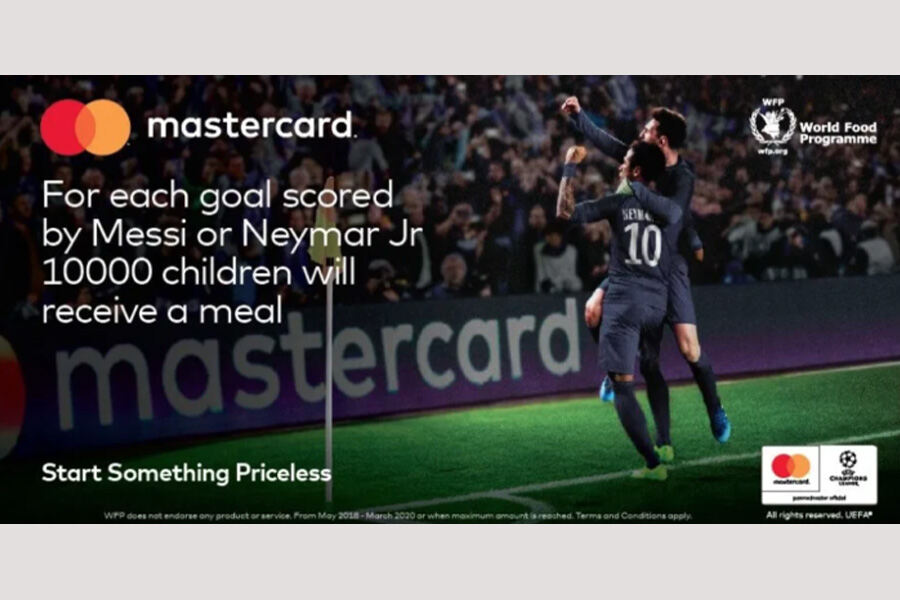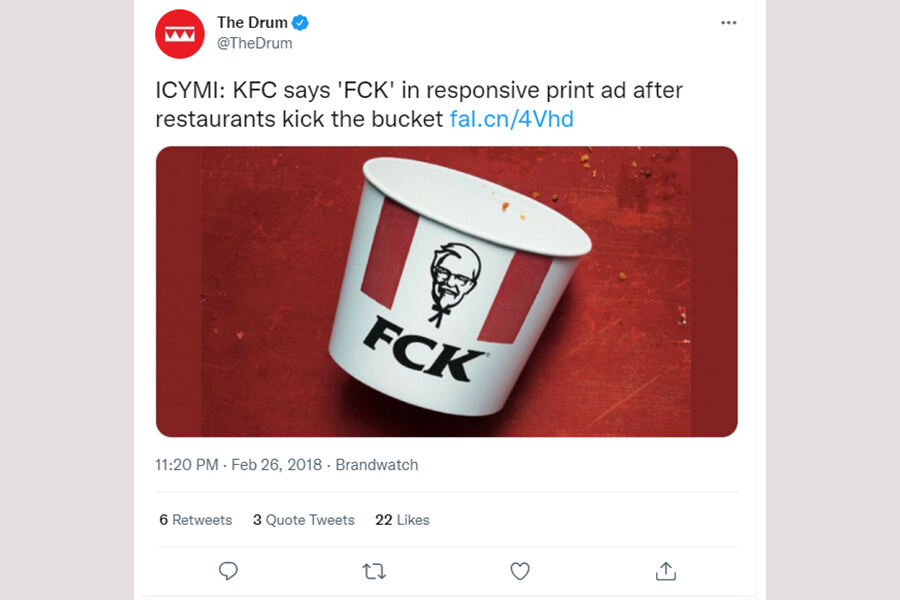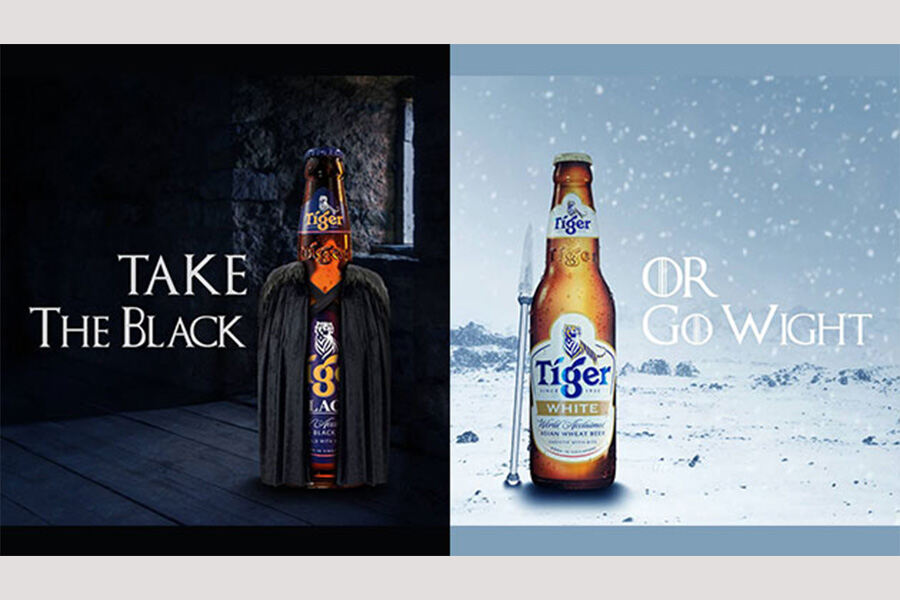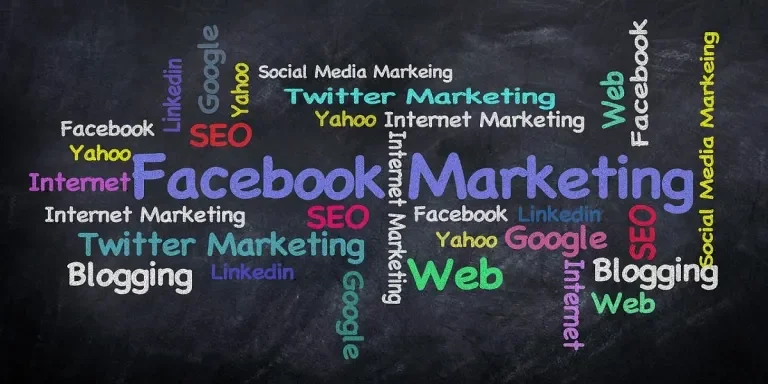With the rise of different channels like Facebook, Twitter, and Instagram, it’s no surprise that the average users are spending more than 2 hours of their day on social media. This means that brands and businesses now have direct access to their target audience, thereby creating a much more personalized customer experience.
Reactive marketing is a great customer engagement strategy to amplify the power of social media and generate interest in the brand or product. So what is reactive marketing? And how can brands use it to create successful customer engagement strategies?
Table of Contents
What is reactive marketing?
Benefits of reactive marketing
Challenges of reactive marketing
Examples of reactive marketing in action
The secret to reactive marketing: humor!
What is reactive marketing?
While traditional marketing has long relied on campaigns and planned strategies to reach consumers, reactive marketing is about engaging with people at any given moment. It’s a customer-centric approach that responds to real-time events, news, and even TV shows. The idea behind reactive marketing is to identify what people are talking about or focusing on and then jump in with creative advertisement angles that highlight the brand and its products.
Reactive marketing is a form of customer engagement marketing that uses humor and creativity to grab the attention of consumers. Humor, in particular, can help brands and businesses cut through the noise of their competitors’ marketing efforts. In fact, according to a study by Clutch, more than half of US consumers say they remember and enjoy an advertisement if it’s humorous.
Benefits of reactive marketing
By understanding these benefits, businesses can develop a clear picture of how reactive marketing would work for them and incorporate it into their overall approach to new lead generation or customer engagement marketing.
Makes brands look more human
Reactive marketing is a great way for brands to demonstrate their humanity and build stronger relationships with their customers through personalization and relevance. Having a strong emotional connection with the target audience makes it easier for them to engage with the brand and purchase from it.
Helps to grow the customer base
By focusing on real-time and current events, reactive marketing can help grow brands’ customer base by increasing brand awareness and customer engagement. Reactive marketing is also an effective customer engagement strategy to connect with potential customers who may not have known about the brand before, but who are already interested in a given buzz topic.
Reduces the need to come up with original ideas
In contrast to proactive marketing, which requires extensive planning and upfront investments of time and money to develop unique angles and content, reactive marketing involves capitalizing on current trends and news stories. This means that businesses don’t have to wait for months or even years before they can launch their advertisement campaigns. They simply need to identify a trending buzz, news story, or event and then use it to their advantage.
Challenges of reactive marketing
Reactive marketing campaigns can backfire badly if the brands don’t follow common best practices such as hitting the right tone or updating their content quickly enough, as they risk alienating customers who may feel like they’re being talked down to or manipulated by the product or brand.
Limited time to create content
Reactive marketing is reliant on the ability to react in a timely manner. This means that brands have to create marketing content as quickly as possible. For instance, it can take weeks or months for brands to create proactive content, but only a few hours for reactive content.
Hitting the wrong tone
When brands try to be too current or trendy, they risk being seen as trying too hard to jump on the bandwagon. They also run the risk of misinterpreting the public sentiment and coming off as out of touch or insensitive. This is why it’s of interest for marketers to be cognizant of how their actions may impact customers’ perceptions of their brand.
A perfect example of how reactive marketing can backfire is Mastercard’s campaign around the Champions League, which pledged to donate 10,000 meals to children every time Messi or Neymar Jr score. The campaign caused the public to perceive Mastercard as insensitive to those suffering from hunger.

Content is quickly outdated
Content is quickly outdated in a world where new stories are breaking every second. This means that the average life span of a piece of content will decrease dramatically over time. As a matter of fact, Facebook posts can last only about 5 hours, while tweets have a lifespan of roughly 18 minutes.
Examples of reactive marketing in action
Here are a few case studies of brands that have successfully used reactive marketing tactics to grow their business.
Sainsbury vs Beyoncé
The launch of Beyonce’s Ivy Park collection was met with criticism because it bore a striking resemblance to the uniform worn by Sainsbury’s employees. The supermarket chain poked fun at the situation by highlighting the longevity of its brand. Within a few hours, the post had been retweeted more than 3,500 times and liked more than 16,800 times.

KFC and the chicken catastrophe
In 2018, KFC was forced to close many of its restaurants after running out of chicken. KFC responded by humorously using reactive content to absorb the continuous customer outrage. Instead of trying to placate the customers or offer sympathy, KFC went on the offensive by making jokes about how ridiculous it was that they had run out of chicken in the first place. The ad went viral on social media and was named the favorite campaign of 2018 by UK’s top marketers.

Lego and the Cybertruck
When Elon Musk announced the release of “Cybertruck“, it didn’t take long for people to start making jokes about its “bulletproof” demo failure. In response to this, Lego published a promotional image that featured a mockup of the controversial vehicle with their own product and tweeted that it was “guaranteed shatterproof”. As result, Lego was able to drive the interest of both Tesla lovers and haters with more than 24.9k retweets and 98.5k likes.
Ikea and Cristiano Ronaldo
Ikea is an example of a company that has used reactive marketing in a very savvy way. In 2020, soccer superstar Cristiano Ronaldo publicly hid the advertised Coca-Cola bottles and urged the public to drink water in a press conference at the Euro games. Ikea saw this as an opportunity and unveiled a bottle called “Cristiano”, explicitly for water, to capture attention and increase sales.
Tiger Beer and Game of Thrones
When Season 7 of “Game of Thrones” premiered in 2017, episode two, “Stormborn”, attracted an audience of 9.27 million viewers. Tiger Beer recognized this opportunity and created limited-edition bottles that paid homage to the show. The campaign was successful in building client engagement and brand loyalty among the fans of this immensely popular series.

The secret to reactive marketing: humor!
With reactive marketing, businesses can capitalize on current events and trends by creating content that is relevant to their customers. Brands and businesses that use humor to poke fun at themselves in a relatable way, while still being clever and original, are most likely to succeed in creating a great customer experience. Get more marketing and sales information on Alibaba.com’s blog center!




